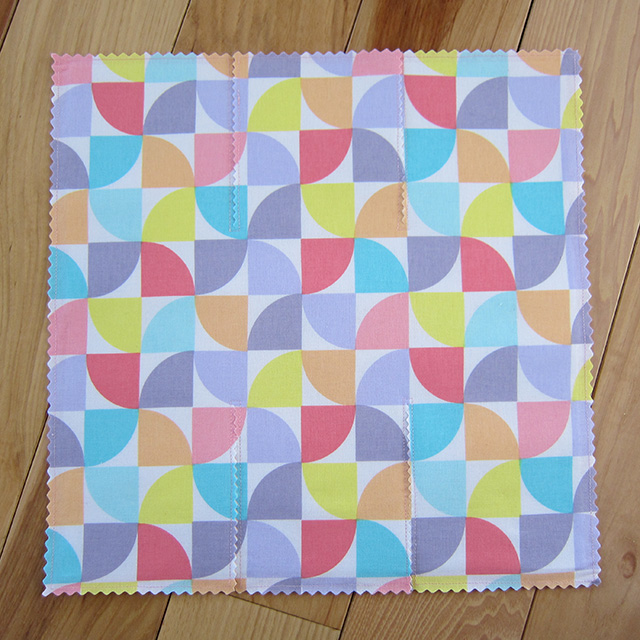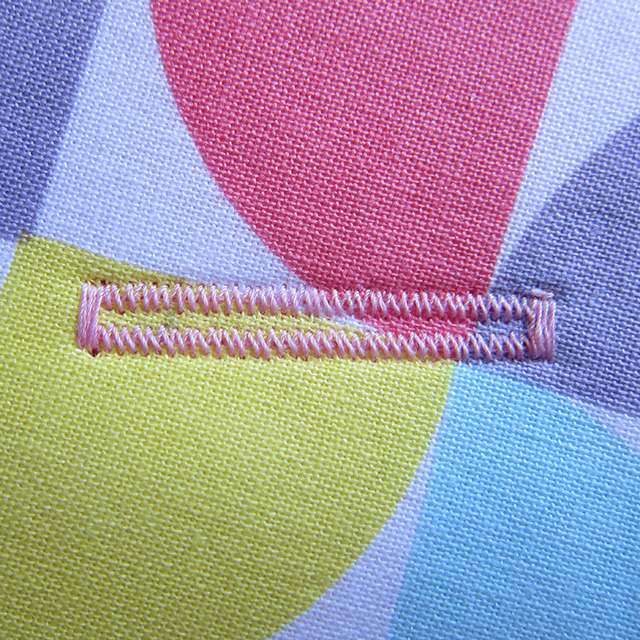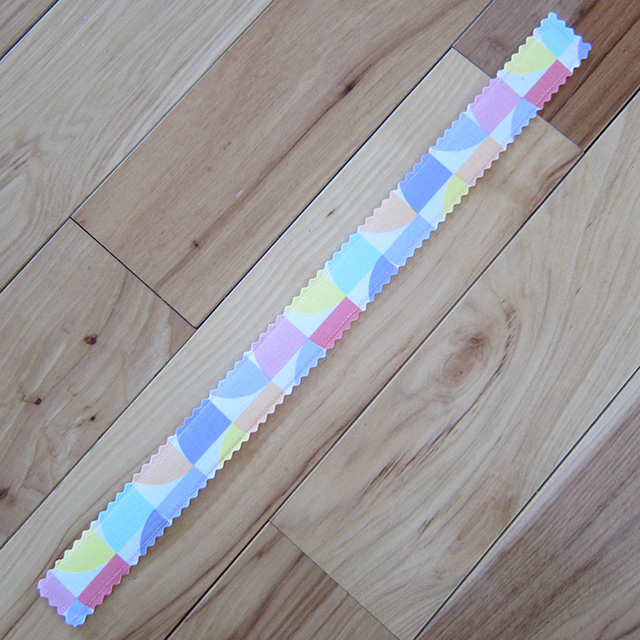I didn’t want jelly beans, malted milk balls, peanut butter eggs or anything else and on Easter morning. I would be absolutely ecstatic when I would find my hidden plastic eggs and open them to reveal Cabury Eggs inside. I even had a specific way I would eat them for the most possible enjoyment! I will never forget those days….aah! Although I limit myself to one Cadbury Crème Egg per year now (I learned how to eat healthy, thank goodness) they still make me smile!
 Now that you know how much I love Easter
it’s time to start working on a collapsible Easter basket to fill with
all those Cadbury Eggs!!
Now that you know how much I love Easter
it’s time to start working on a collapsible Easter basket to fill with
all those Cadbury Eggs!!
I had the idea of collapsible baskets
when my boys started accumulating them year after year when loving
grandmothers kept buying them each Easter. Tip to grandmothers: we
really appreciate your thoughtfulness, however, most of us don’t have a
closet dedicated solely to Easter baskets! So, if any grandmothers are
reading this, we love you very much, we just have too much guilt
throwing out Easter baskets every year but don’t have room to store
them!
Okay, here we go!
Collapsible Easter Basket Instructions:
- ½ yard each of two coordinating fabrics (fat quarters would work well if you made the basket slightly smaller)
- ½ yard craft interfacing
- Thread
- Pinking sheers or pinking rotary blade
- Hot iron
- Buttonhole attachment
- Two buttons
- Seam ripper
- Needle
- Disappearing fabric marker
- Pins
- Sewing machine
Step 1: Cut out two
squares of fabric that measure 12 ½ by 12 ½ inches. (You can make these
squares any size you want, however, when I was experimenting with the
baskets the bigger the square was the more flimsy the basket was…and we
need this to be sturdy for all those eggs!)
Step 2: Cut out two squares of interfacing (I used
Pellon 808 Craft-Fuse Fusible Interfacing) that are 12 by 12 inches. If
you are making a different size account for ¼ inch on each side. Iron
the interfacing on the wrong side of each piece of fabric centering the
interfacing.
Step 3: Decide which fabric will be the inside of the
basket and using a disappearing fabric marker draw a ¼ inch border
around the edge of the square. Divide that square into 9 equal smaller
squares.
Step 4: Pin all layers together.
Step 5: Stitch one entire side along your marked edge.
Turn the corner and when you get to the first line you are going to turn
your fabric and stitch 1/3 of the way down and 1/8 inch away from the
line. Turn and stitch ¼ inch. Turn again and stitch back to up to the
edge. Repeat this same pattern on the next line and on the opposite side
of the fabric. Or, refer to the photo for a visual of how to sew the
lines!!!
Step 6: Using pinking sheers or a rotary cutter fitted
with a pinking blade trim all the way around the outside edge. Now
carefully make one clean cut in between the stitched lines. This will
create the flaps that will make the sides of the basket.
Step 7: Fold flaps and finger crease all marker lines.
Step 8: Ready to sew
lots of buttonholes? We will sew six of them by the end of this tutorial
so if you haven’t done many you are going to be a pro by the end of
this!
Since we have double reinforced fabric
square buttonholes are going to work best. First fold the flaps
according to the first picture in this step (middle flap up first and
two side tips criss-cross over each other). Mark where the buttonholes
will be by sticking pins through all layers of fabric and draw a line
with a disappearing fabric marker. Pull back one layer of fabric and
mark where the second buttonhole will be.
Step 9: Place button in buttonhole foot and attach to
your machine. Place fabric under the foot and align with markings.
(Check your sewing machine user manual to see details on buttonholes for
your specific machine.) Sew the buttonhole.
Step 10: Using a sharp seam ripper or small sharp
scissors cut the opening. Check to make sure your button fits through
the buttonhole. It should be a snug fit. Repeat three more times on the
basket.
Step 11: Sew two buttons (on either side) aligning with
the buttonholes. Make sure to leave enough slack in the thread for your
button to go through three layers of fabric (account for the handle
that we haven’t made yet!). My boys literally have thousands of Legos so
I grabbed a sword to account for the layers of fabric. If the thread is
too tight on the button the fabric will bunch and the basket will look
misshapen.
Step 12: Cut two pieces of fabric for the handle 17 ½
inches by 1 ½ inches. Cut two pieces of interfacing 16 ½ inches by 1
inch and iron them onto the wrong sides of the fabric carefully
centering them.
Step 13: Stitch all the way around the outside of the
rectangle leaving a ¼ inch seam allowance. Trim with pinking sheers for
the same raw edge effect as the basket.
Step 14: Mark where you want buttonholes on the handle and sew buttonholes according to the same directions above.
Step 15: Assemble basket and fill with Easter grass,
candy and eggs…preferably Cadbury! When you are finished, unbutton and
fold flat for easy storage! It will be ready for you to use again next
year!

































No comments:
Post a Comment